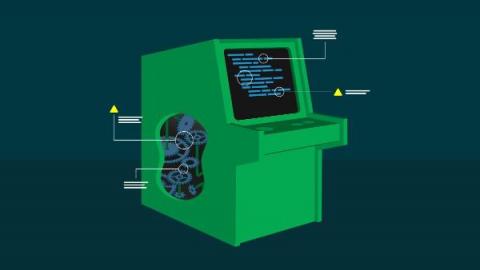Machine Learning CI/CD with AWS Sagemaker
There are many benefits of incorporating CI/CD into your ML pipeline, such as automating the deployment of ML models to production at scale. The focus of this article is to illustrate how to integrate AWS SageMaker model training and deployment into CircleCI CI/CD pipelines. The structure of this project is a monorepo containing multiple models. The monorepo approach has advantages over the polyrepo approach, including simplified dependency versioning and security vulnerability management.











